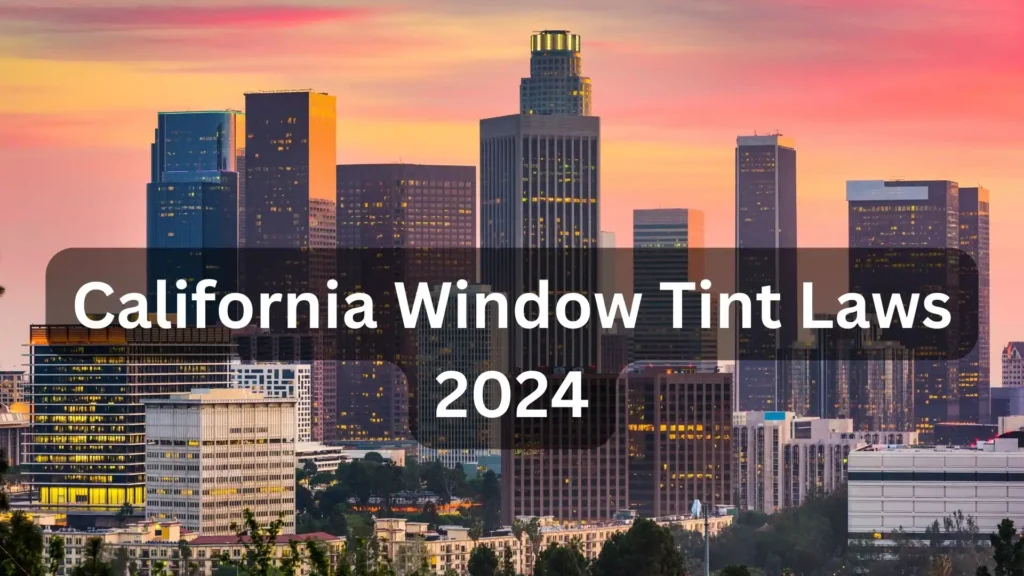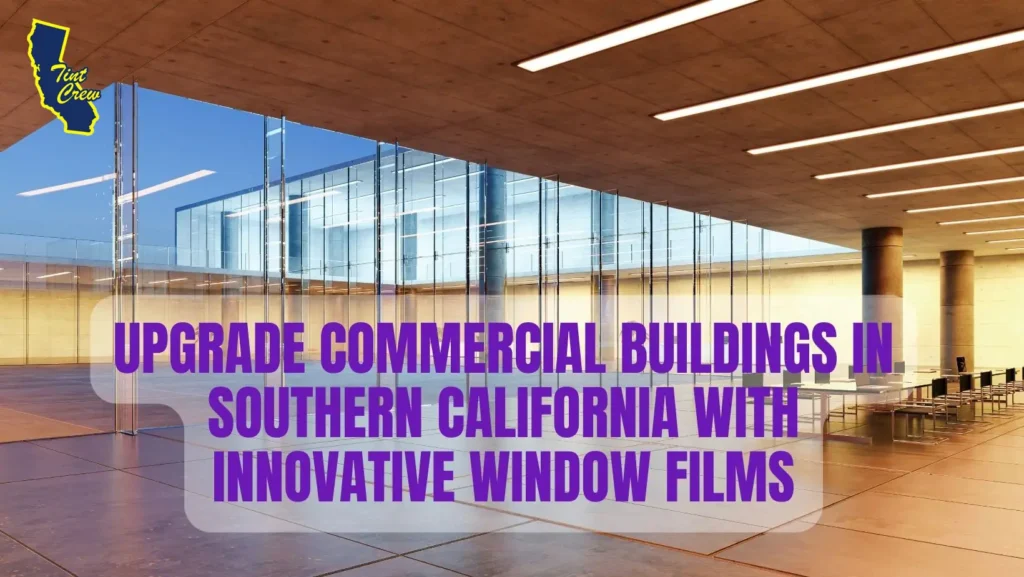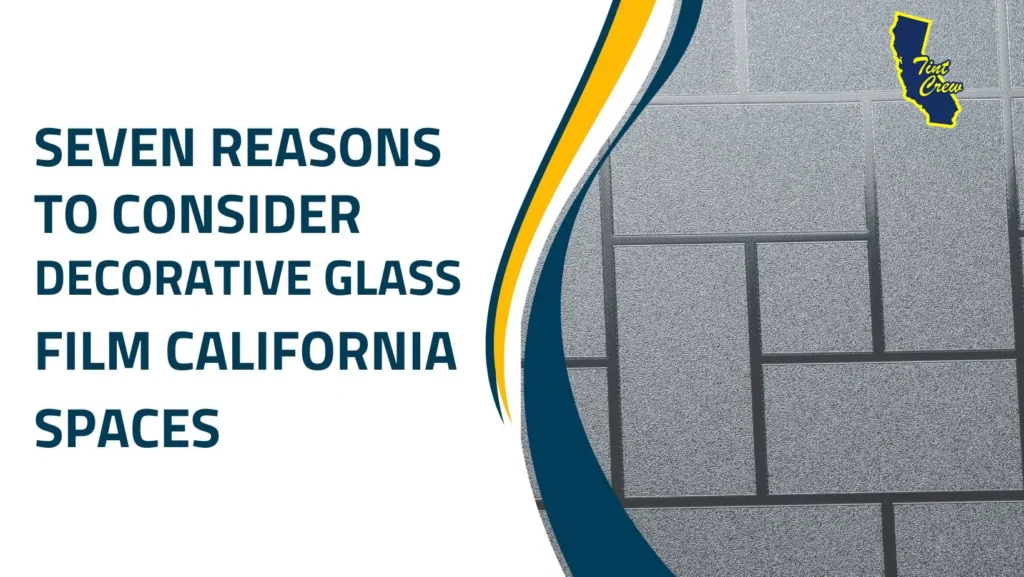
f you’re a California driver, understanding the state’s window tint laws is crucial. Tinting your car windows can add style and privacy, but it’s essential to stay within legal limits. This article breaks down California’s tint laws for 2024, ensuring you know what’s allowed and how to avoid fines.
Understanding California’s Window Tint Restrictions
California’s tint laws specify the following:
- Windshield: Non-reflective tint is permitted only on the top 4 inches of the windshield.
- Front Side Windows: These windows must allow at least 70% of light to pass through (70% VLT). If they have factory tint, the combined tint cannot be darker than 70% VLT.
- Back Side Windows: Any darkness is permitted.
- Rear Window: Any darkness is permitted.
Understanding Visible Light Transmission (VLT)
When discussing window tint, you’ll encounter the term VLT, which stands for Visible Light Transmission. This is the percentage of visible light that can pass through the film and glass. A higher VLT percentage means a lighter tint, while a lower VLT means a darker tint. California has specific VLT requirements for different windows.
Why Does California Have Window Tint Laws?
There are several reasons behind California’s tint regulations:
- Driver Visibility: Lighter front window tints ensure the driver can see clearly, especially in low-light conditions.
- Law Enforcement Visibility: Tint restrictions help law enforcement officers see inside the vehicle during traffic stops, enhancing officer safety.
- Heat Reduction: Window tint can block some heat, making the car more comfortable, but excessive tint can also interfere with nighttime driving.
- Safety: Ensuring that drivers have clear visibility of the road, pedestrians, and other vehicles.
- Law Enforcement: Allowing officers to see inside the vehicle during traffic stops or investigations.
- Protection: Reducing the amount of harmful UV rays entering the vehicle, which can minimize sun damage to the interior and occupants.
Choosing the Right Window Tint
Consider these factors when picking a window tint:
- Legal Compliance: Ensure you pick a VLT that meets the legal requirements for the windows you want to tint.
- Appearance: Choose a shade that complements your vehicle’s style.
- Heat and UV Protection: Higher-quality tints offer greater heat and UV ray rejection.
- Professional Installation: Professional installation ensures a smooth, bubble-free finish and a tint that adheres correctly.
Additional Considerations
- Restricted Colors: California prohibits red, blue, and amber tints as these colors are typically used for emergency vehicles.
- Medical Exemptions: If you have a medical condition requiring darker tint, you may be able to obtain an exemption with a doctor’s note.
- Window Tint Stickers: California does not require window tint certification stickers. However, it’s recommended to keep all tint installation documentation in case you get questioned.
Penalties for Violating California Window Tint Laws
If you’re caught with a window tint that doesn’t meet California regulations, you could face:
- Fix-It Tickets: Law enforcement may issue a fix-it ticket, which means you need to remove or correct the tint and likely prove compliance.
- Fines: Fines for tint violations can start at around $25 per window, potentially becoming more costly with repeat offenses.
Finding Reputable Tint Installers in California
To avoid issues with illegal tints and potential fines, choose a reputable tint installer. Here’s what to look for:
- Knowledge of California laws: Ensure the installer is familiar with the state’s tint regulations.
- Quality products: Look for shops using high-quality tint film.
- Warranty: A reputable installer should offer a warranty on their work.
Conclusion
Understanding California window tint laws is essential for anyone customizing their vehicle. Following the regulations keeps you safe, helps law enforcement officers, and avoids costly tickets. By choosing legal tint percentages and considering professional installation, you can enjoy both style and legal compliance in California.


